
|
||||||||
|
Follow @Nazlina
Malay SpicesMalay spices found in typical Malaysian cooking do not vary much compared to Indonesian or Indian spices.
On this page, I will talk about the categories of spices: wet and dry. Examples of wet spices in daily Malay cooking will be discussed. This is followed by detailed description of four types of dry Malay spices. Basically, spices are categorized into dry spices and wet spices. First, dry spices: there are four types. The spices are well known as "rempah empat beradik" meaning the four siblings i.e. star anise(bunga lawang), cinnamon or cassia (kulit kayu manis), cardamom (pelaga) and clove (bunga cengkih) that are always found in Malay food.
In soups and curries these four kinds of spices always appear without fail. They are normally used whole but some spice manufacturers blend these four spices, together with others in powder form for a convenient mix. The mixed combinations are labeled accordingly as spices for seafood curry, for meat curry, for making soup or just plain masala. One of the most popular brands for Malay spices is the company Adabi. Other brands popular in Malaysia are Alagappa and Baba's. Housewives in Malaysia also grind their own spices, or buy ready-made freshly ground spices from the wet market. They are supposed to taste better than powdered spices sold in the plastic packets, mass produced in factories. One of the most commonly used ground spices is "cili boh". It is a paste of dried chili. We use it a lot to make sambal and also for stir fries like fried noodles or fried rice. Commercially produced cili boh used some chemicals to make it last longer. It makes the paste sour. I recommend you blend your own cili boh using your home blender. It is very simple, cut the dried chilies with scissors, soak in very hot water for about ten minutes, drain the seeds and water. Blend to a fine paste. To make it last longer, add in a bit of cooking oil. Otherwise, a white film will form on the paste that will spoil it, even after refrigeration.
For blends of dried spices, each blend is unique and also quite impossible to duplicate. The secret blend will not be revealed outside the family or company. There is also a combination of whole spices tied up inside a piece of small square muslin (gauze-like cotton) like bouquet garni. This is called "sup bunjut". Bouquet garni uses fresh western herbs for example in making chicken soup but our "sup bunjut" uses dried spices instead to make chicken soup with Malay spices or the very popular oxtail soup. If you look at the pictures below, you can see that nowadays "sup bunjut" is conveniently packed. Inside the muslin wrapping, exact amount of spices are already measured for specific amount of meat or chicken.
Together with the four siblings, the following are also used in Malay cooking: turmeric, chili powder, cumin, coriander, mustard seeds, black pepper, anise, fennel, candlenut and fenugreek. The spices mentioned before, are hugely influenced by Indian cooking.
Those spices mentioned above are considered as dry spices because they are either processed and dried before usage.
Other spices which you will always find in Malay cooking are the wet or fresh spices like fresh chilies, fresh ginger, onion, shallots and garlic. Ginger is normally used for dishes involving meat and chicken. Gelanggal (or lengkuas in Malay language) is also used but only for certain dishes like beef rendang. In fish dishes, turmeric is the spice you can never do without in Malay style of cooking. Powdered turmeric is normally used but fresh turmeric, when it is pounded finely, smells much better in aroma and also looks brighter in color. By the way, turmeric stains on your fingers takes ages to come off. Clever cooks use spoon, or better still, use surgical rubber gloves when they have to handle turmeric. The Malay spices mentioned above give a lot of character to Malaysian dishes. Cooks use them in large quantities. Subtle flavor is not part of Malay cuisine. Malay food is full, and I mean, really full of flavor. Malay cuisine would never be the same without these spices. Nyonya cuisine, which is influenced a lot by Malay food, uses these spices to make rempah. What is rempah? Find it out here. Learn more about cinnamon (cassia) Go to the page of Methods of Grinding Spices Back to the homepage of Pickles and Spices

Custom Search
|

Custom Search
Nazlina's Cooking Class in PenangAttend my cooking class to learn making traditional food.
The morning class includes Penang Market Tour.
PLEASE NOTE: We now offer PM classes, for vegan and vegetarians. Learning how to make biryani is a good way for you to recognize and practice using the spices. What is the difference between herbs and spices? Find out here.
Methods of grinding spices - the traditional way. More tips of storing spice here. |
|||||||
|
|
||||||||
|
|
||||||||

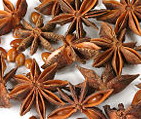


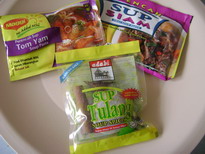
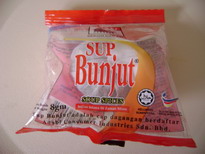
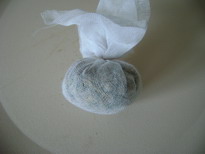

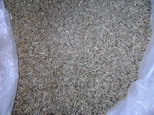
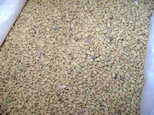
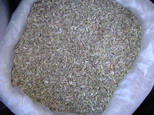
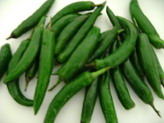


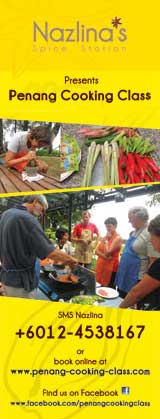
New! Comments
Have your say about what you just read! Leave me a comment in the box below.